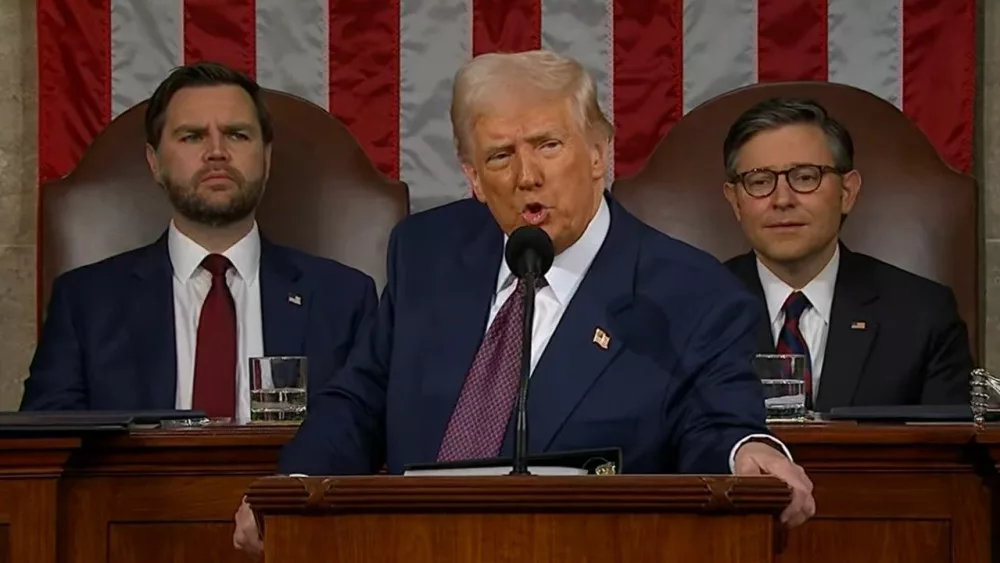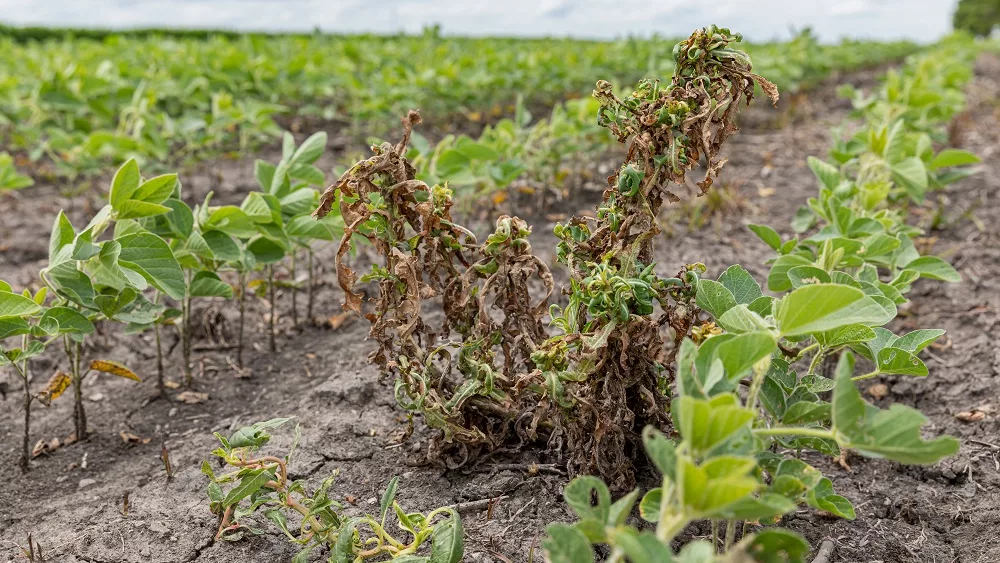
Farmers will see a seven percent drop in their net farm incomes this year compared to last year—and a 23 percent drop compared to just two years ago. That’s according to the USDA’s latest Net Farm Income Report.
However, the USDA’s latest projections for 2024 are far improved now than earlier this year. The agency in February had projected that farm income would tumble this year by 25.5 percent.
Even though the USDA’s report still paints a concerning picture for the farm economy, Spiro Stafanou, Administrator of USDA’s Economic Research Service, says the financial health of the farm sector is still strong.
“It comes to the balance sheet for the ag sector. Overall, equity is increasing about two-point-seven percent. This is driven by farmland values and building values. And those farmland and buildings account for about eighty percent of farm assets. Debt has also increased, but at a slower rate at about one-point-six percent,” he said. “So, on balance we see the debt-to-equity ratio falling, which is an improvement and so is the debt-to-asset ratio that’s falling.”
He said prices that farmers are getting for many of their crops continued to fall. USDA protecting a 12% drop in crop receipts. But he points out that it’s offset a little by a 1% drop in production expenses. He also says direct government payments to farmers will be lower in 2024 than last year.
“Government payments from farm programs are expected to fall about fifteen percent in 2024, to just over ten billion dollars, about ten-point-four billion dollars. So, this decrease primarily reflects just lower anticipated dairy margin coverage, program payments and direct payments from these supplemental and ad hoc disaster assistance payments that we saw in 2023,” he said. “Since 2020, supplemental and ad hoc disaster assistance has represented the largest category of direct government payments. So, as those programs get wound down, the impact of direct government payments is to be moderated.”
However, Rep. Glenn “GT” Thompson (R-PA-15), who serves as Chair of the House Agriculture Committee, has a different take on the USDA’s Net Farm Income Report.
“USDA’s September update to the farm financial outlook continues to present a bleak picture. Declining commodity prices, record farm production costs driven by the reckless spending of the Biden-Harris Administration, the largest agricultural trade deficit on record, and an outdated farm safety net threaten to wipe out family farms across the country,” he said in an emailed news release. “These numbers are more than data points on spreadsheets. They tell a story of struggling American farmers desperate for relief, certainty, and stability. The bipartisan Farm, Food, and National Security Act of 2024 is the legislative remedy our rural communities so desperately need.
Thompson said, “It’s time to put partisan bickering and red lines aside and pass a Farm Bill.”
CLICK HERE for the USDA’s Net Farm Income Report.





